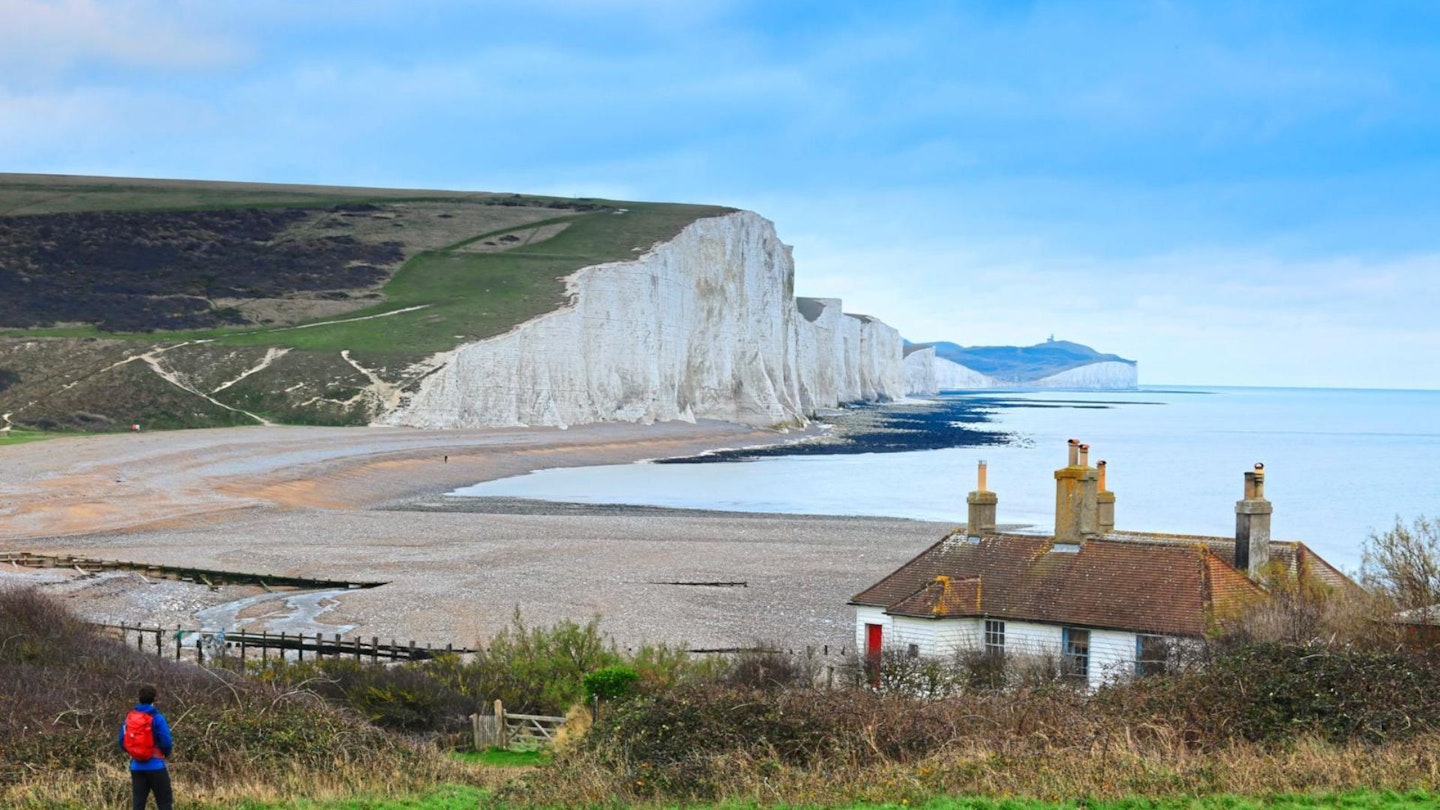The South Downs Way is a long-distance walking trail that stretches from Winchester, in Hampshire, to Eastbourne in East Sussex.
It follows an impressive ridge of Cretaceous limestone 100 miles long, and covers many different historical landscapes, culminating in spectacular coastal views for the last few sections. Being only two hours from London and served excellently by public transport, the route is both popular for extended trips and shorter weekend romps. Here's a great overview (with some stunning photo-inspo, if we say so ourselves) of what walking the South Downs Way involves.
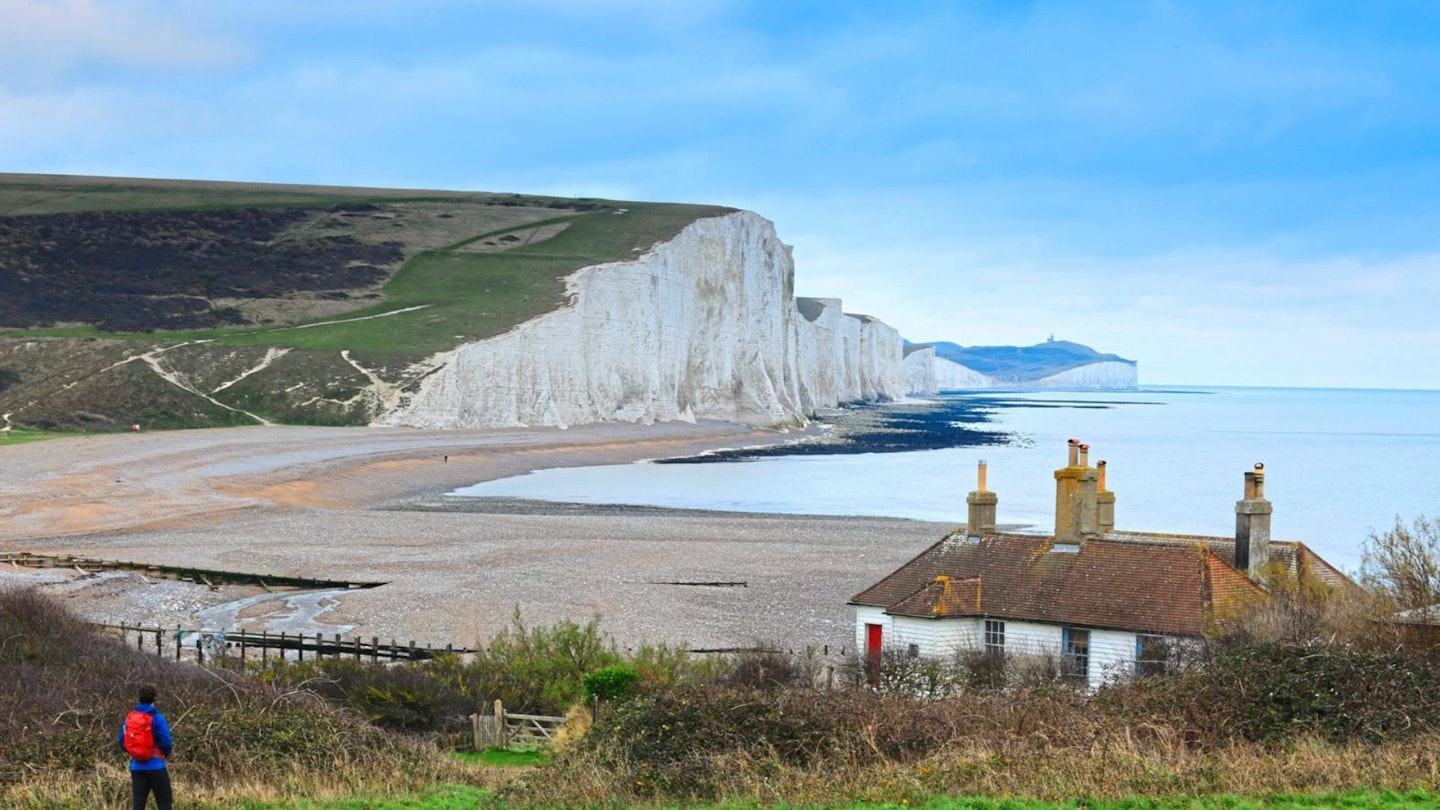
How long does the South Downs Way take?
It's a slightly how-long-is-a-piece-of-string question, but at 100 miles (160km) long, it's recommended you complete the South Downs Way in 8 days - walking roughly 12 miles a day. It can, of course be done faster than that depending on your fitness, but to really take in the scenery and enjoy the wide open countryside, it's best not to rush things. An 8 day route also means you only need to take 5 days of annual leave, and you get a rest day thrown in before being back at work for the Monday!
You can also cycle or bikepack the South Downs Way, which can be done over the course of a long weekend, but bear in mind you won't be able to take the bikes over the last coastal section which is for designated foot traffic only.
It's also completely up to you whether you do it from Eastbourne to Winchester, or Winchester to Eastbourne; both towns have train stations with regular links to London. We think a West to East approach is best, as the coastal sections near the end are the most strenuous, so building up some fitness over a few days to tackle these bits is useful. Plus we reckon the nicest views of Beachy Head and the nearby undulating coastline are best saved until last.
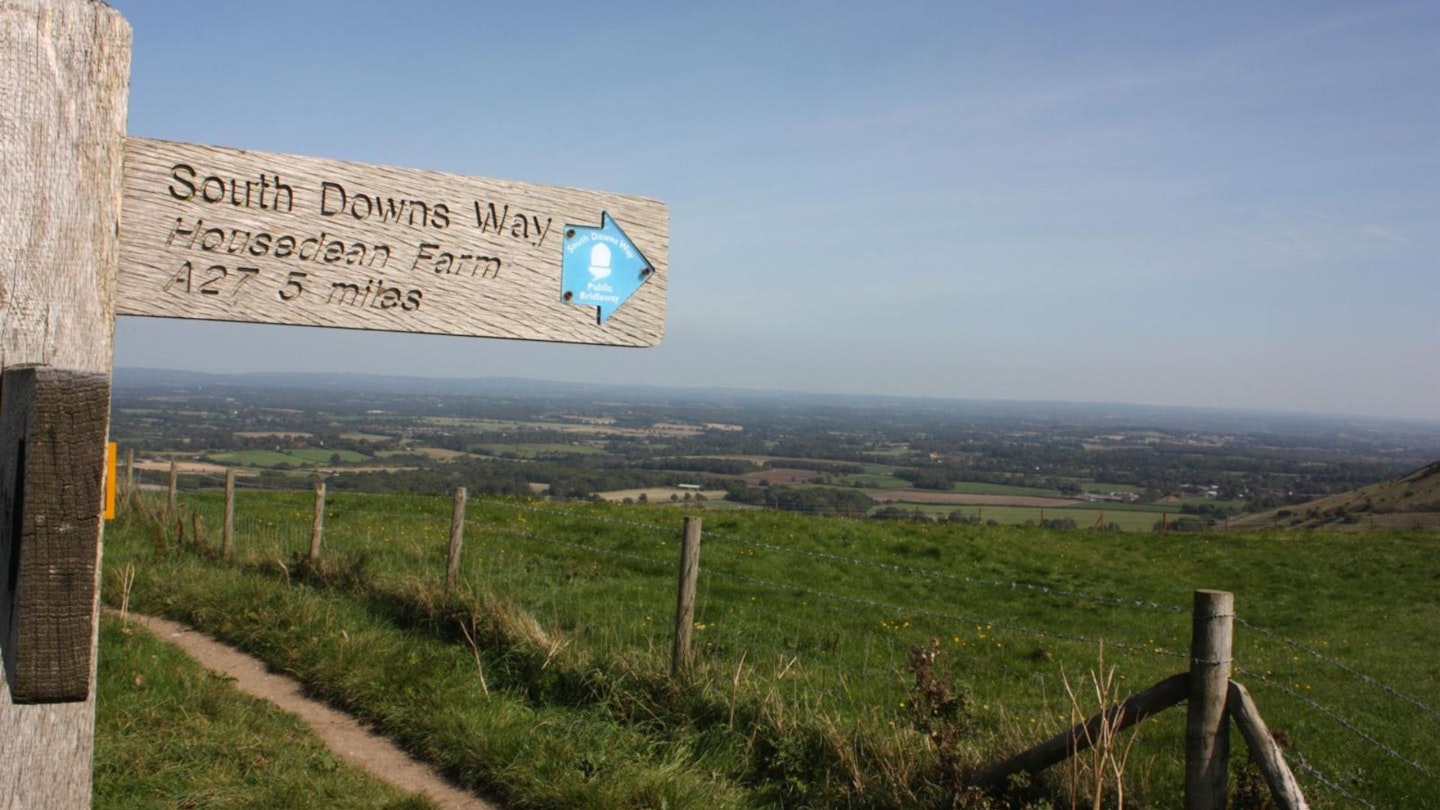
How hard is the South Downs Way?
In terms of ascent, over the 100-mile trail you're going to do around 3500 metres in total. That's not exactly flat, but the trail in comparison to other long-distance routes (The West Highland Way, for example) is easier going because it's well trodden, almost completely without styles and pretty mud-free in the drier summer months.
The terrain becomes slightly more difficult in winter due to the possibility of flooded fields and an increase in the mud-to-path ratio, but the advantage of walking the South Downs Way in winter is that there are fewer people about. It does get relatively busy in summer, so if you don't want to see another soul, try a different trail!
In general, it's good to have some level of hill fitness for the South Downs Way, but you don't need to be an ultramarathon runner to complete it. The only other thing to mention here is that if you're doing the whole thing as a self-guided expedition and staying in campsites, you'll be needing to carry quite a large load because of tents and food - so make sure you're used to walking with the pack you'll be using. It shouldn't be a shock to your body to have to lug around an extra 12kgs for eight days.
What is the best map for the South Downs Way?
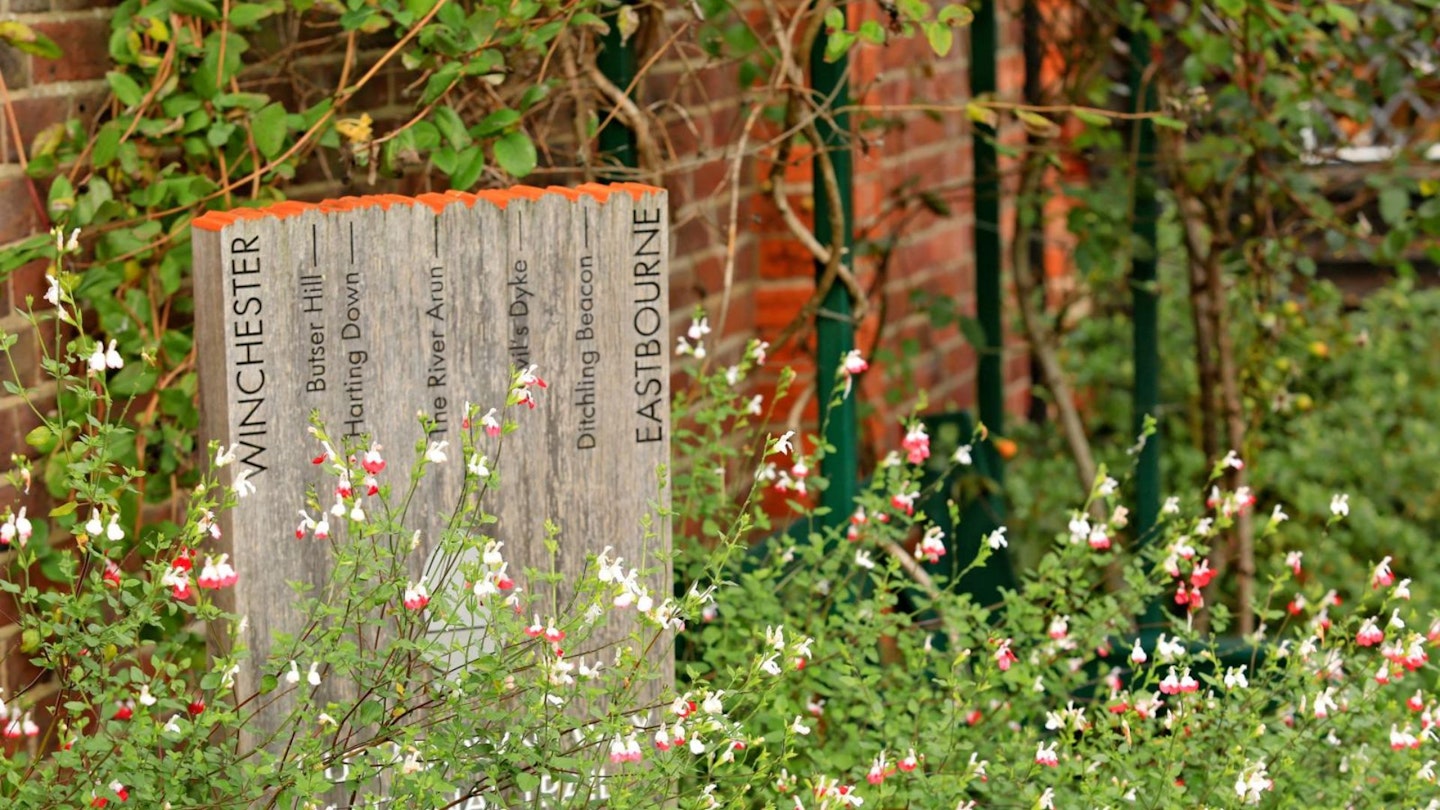
In terms of navigation, it's remarkably straightforward, with the National Trail acorn on signs throughout. That said, there are a couple of slightly confusing bridleway/footpath crossovers - and let's be honest - it's never a wise person who goes outside without a map, so make sure you either get yourself a copy of Harvey Maps South Downs Way.
Or subscribe to Trail magazine and get 50% off the OS maps app, which covers all of Great Britain. You can then view and download the entire South Downs Way route map here.
What is the most scenic part of the walk?

Opinions may differ, but we think that taking the footpath over Beachy Head and the Seven Sisters cliffs (as opposed to following the bridleway which goes inland) offers the best part of the South Downs Way. The chalk which forms this part of Britain's coastline is estimated to be 100 million years old, but only surfaced during the last ice age, when the English Channel was formed.
The beach below is home to thousands of ancient fossilised sea creatures, so if you've made good time, it might be fun to hunt for them for an hour or two, tide allowing. Walking this section either at sunrise or sunset on a clear early summer's day is a memorable experience, and might even be the highlight of the whole route as the white cliffs turn orange and pink in the low light.
There are also some other interesting sections, including the Devil's Dyke; a beautiful valley with lots of wildflowers in the spring; a couple of iron-age hill-forts, the deserted medieval village of Lomer, and Bignor Roman Villa.
Where to eat along the South Downs Way
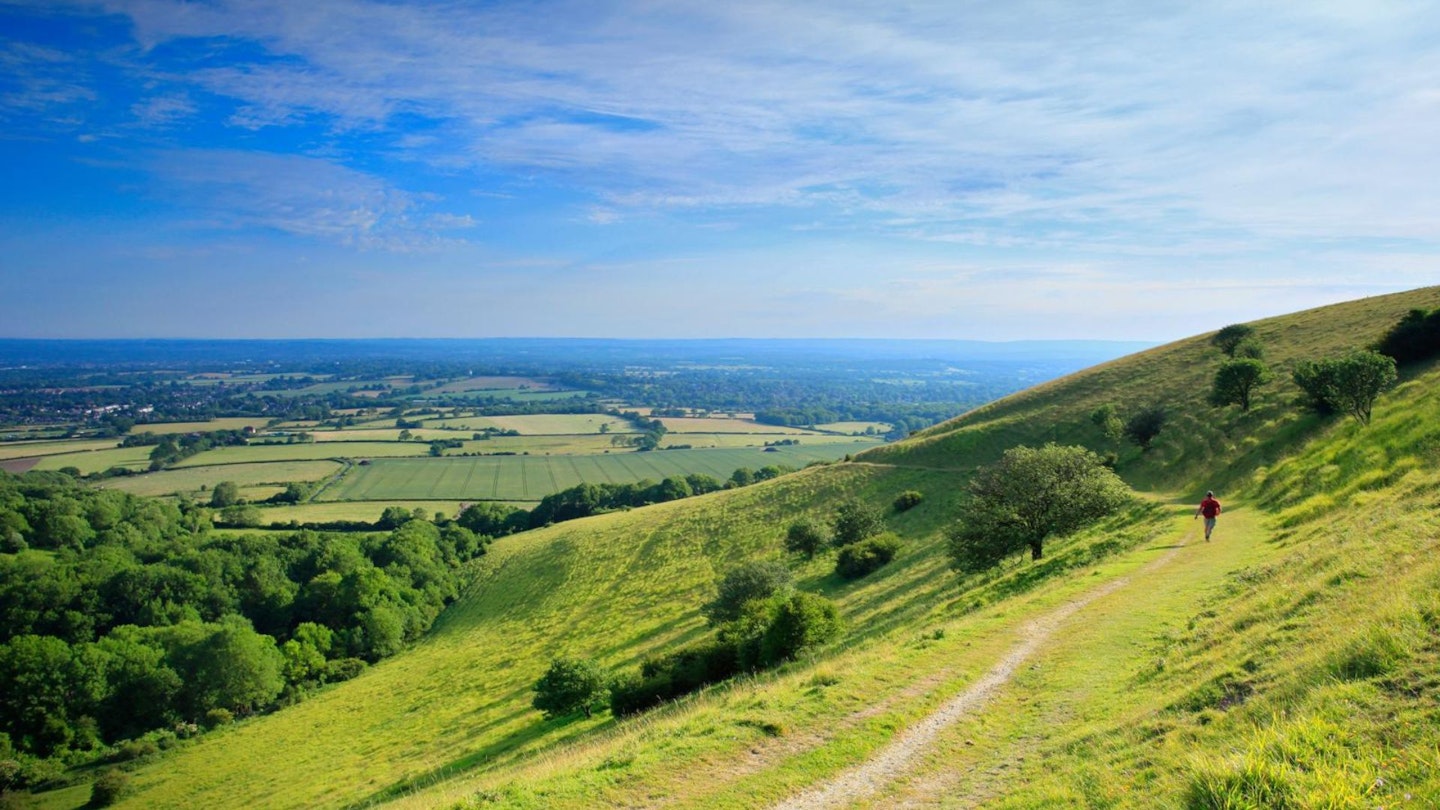
Now we're asking the real questions. Perhaps surprisingly for the more populated south of the UK, there are fewer en-route refreshment stops along the South Downs Way than one might first imagine.
With that in mind, you must plan your eating options out carefully. There are a few cafes, pubs and restaurants not far from the trail, but taking lots of non-perishable snacks and lunch options such as oatcakes and cheese will ensure you're not going hungry if anything is shut unexpectedly. Or if opening times don't line up with your walking itinerary.
Most of the eating options (including the odd, sparsely stocked corner shop) are around a mile or so off-route, so if you're not booked in with a transfer company, make sure you factor this into your daily distance budget.
If you decide not to carry your dinners with you, there are a good handful of great pubs and restaurants along the way, some of which have their own accommodation attached. Our advice is to plan your day with each proposed distance, then search along that part of the trail in a local guidebook for evening eating options – which shouldn't be too far from where you'll rest your weary head. Once you're full of pub grub, the last thing you'll want is a mile walk to your campsite, so do plan ahead.
Where to stay on the South Downs Way?
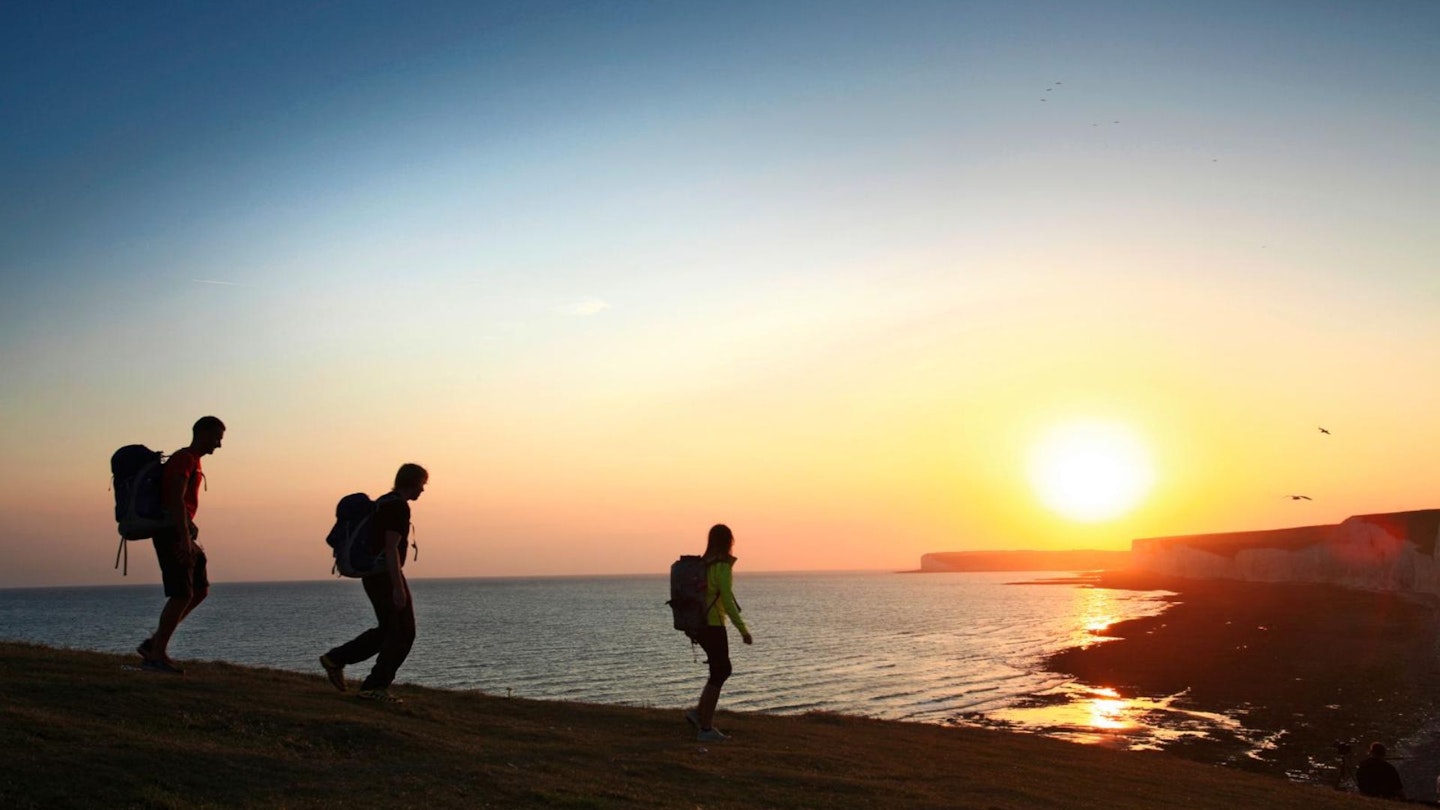
From B&Bs to campsites, there are plenty of accommodation options to suit all budgets along the South Downs Way. At the more adventurous end of things, there are around six campsites spread over the trail, ranging from £5-15 a night, but bear in mind these are fairly limited in terms of eating options, so along with your tent you'll be best off packing dinner and breakfast too.
If you're looking at hostels, check out the YHAfor easy budget accommodation which often includes a light breakfast. Other than that, Expedia has some great deals on more up-market options, nearly all of which include a cooked breakfast to fuel a long day of walking. Many of the surrounding inns and pubs that provide evening meals will also have rooms available. Just be sure to book early, especially in the busier summer months.
What to pack for the South Downs Way?

Ultimately, what you pack will depend on where you stay and your budget, and whether you're doing the whole thing in one. If you're catered for in terms of accommodation and food, then you won't need anything bigger than a daypackcontaining waterproofs, the odd snack bar, a few extra layers, your map, a good water bottle and possibly a camera for documenting your adventure.
Walking poles are very useful for the South Downs Way, because the ground is relatively hard compared to other long-distance trails, and they can take up to 30% of the weight off your knees and ankles.
If you're camping and cooking each night for yourself, then what to bring is a whole different kettle of worms. Alongside all of the above, you'll obviously need a tent. If there's two of you, or a group, split poles and pegs from the outer and divide between you for even weight distribution.
A sleeping bag rated for the time of year you're doing the trail ius vital, as is a good, insulated sleeping mat that isn't too heavy or bulky, plus all your food and the equipment you'll need to cook it. With all that in your hiking pack, you'll need a good pair of boots for ankle support, plus poles, and an understanding of the layering system for temperature control. Phew!
About the author
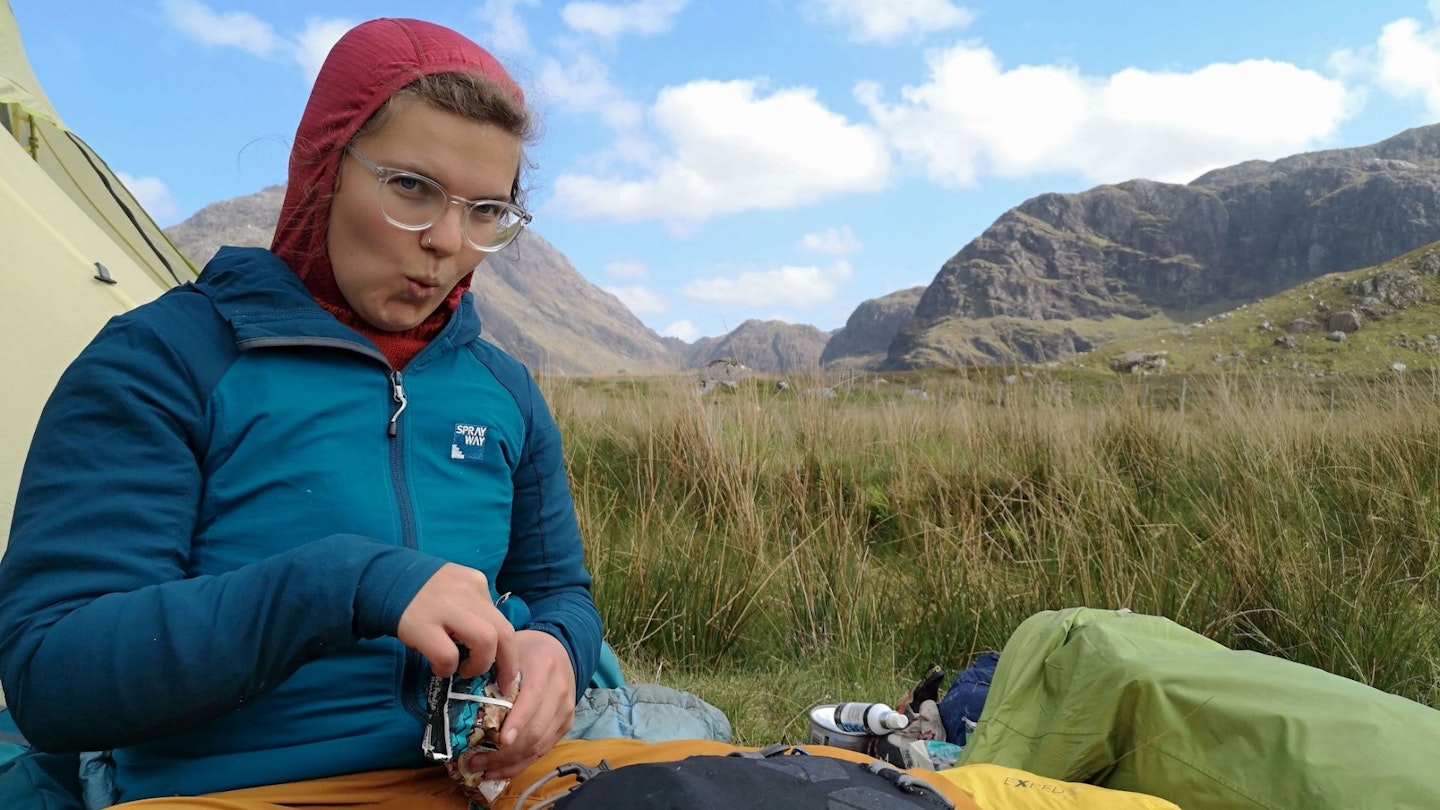
Fliss Freeborn is a writer for LFTO and loves doing daft things outside, whatever the weather. She is an experienced walker but always advocates for bringing a few luxuries on the trail (mini eggs, tent slippers, hardback cookery book) rather than being too concerned about how many grams your toothbrush handle adds to your pack.
